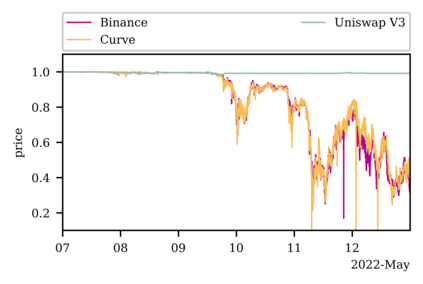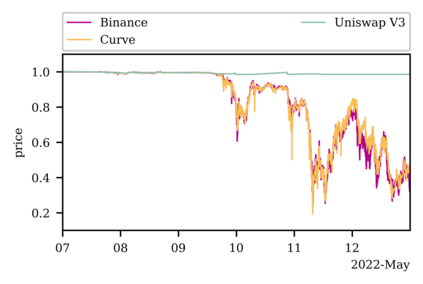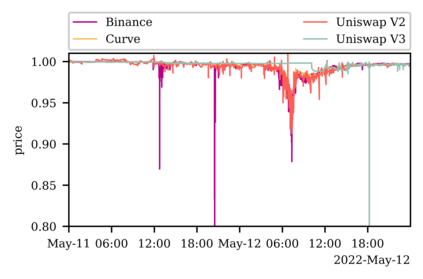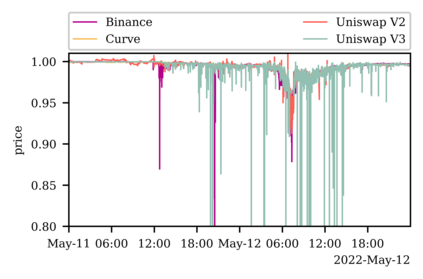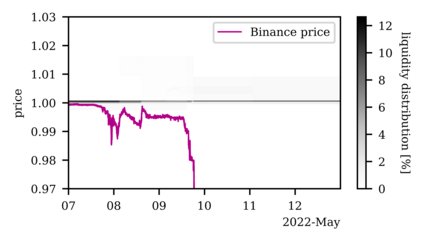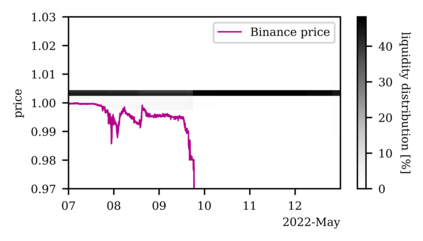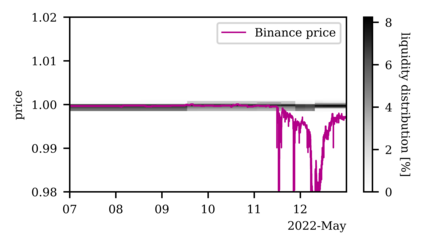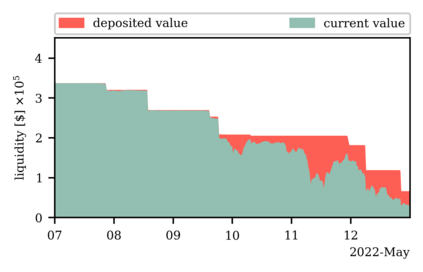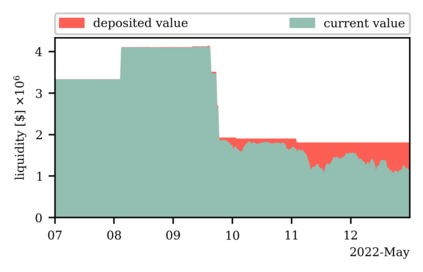Financial markets have evolved over centuries, and exchanges have converged to rely on the order book mechanism for market making. Latency on the blockchain, however, has prevented decentralized exchanges (DEXes) from utilizing the order book mechanism and instead gave rise to the development of market designs that are better suited to a blockchain. Although the first widely popularized DEX, Uniswap V2, stood out through its astonishing simplicity, a recent design overhaul introduced with Uniswap V3 has introduced increasing levels of complexity aiming to increase capital efficiency. In this work, we empirically study the ability of Unsiwap V3 to handle unexpected price shocks. Our analysis finds that the prices on Uniswap V3 were inaccurate during the recent abrupt price drops of two stablecoins: UST and USDT. We identify the lack of agility required of Unsiwap V3 liquidity providers as the root cause of these worrying price inaccuracies. Additionally, we outline that there are too few incentives for liquidity providers to enter liquidity pools, given the elevated volatility in such market conditions.
翻译:几个世纪以来,金融市场已经演变,交易所已经趋同,依赖订货簿机制来进行市场制造。然而,由于对供应链的拖延,分散化的交易所(DEXes)无法利用订货簿机制,反而导致市场设计的发展,而这种设计更适合供应链。 尽管第一个广为人知的DEX,Uniswap V2, 通过其惊人的简单性表现出来,但最近由Uisswap V3推出的设计大修引入了提高资本效率的日益复杂程度。 在这项工作中,我们实证地研究了Unsiwap V3 处理意外价格冲击的能力。 我们的分析发现,Unswap V3的价格在最近的两个稳定币(UST和USDT)突然价格下跌期间不准确。 我们发现,Unsiwap V3流动性供应商缺乏灵活性是这些令人担忧的价格不准确性的根本原因。 此外,我们指出,鉴于这种市场条件的高度波动性,流动性提供者进入流动资金库的动力太少。

